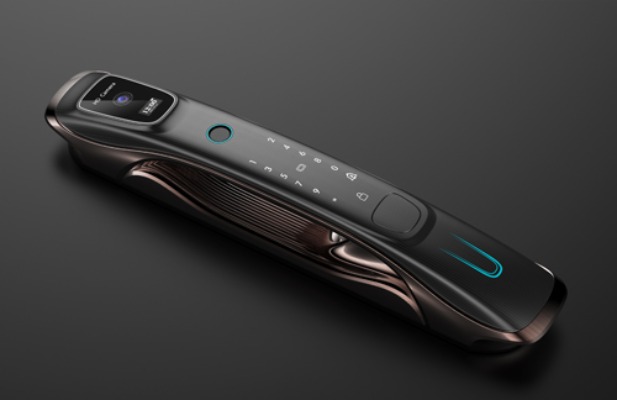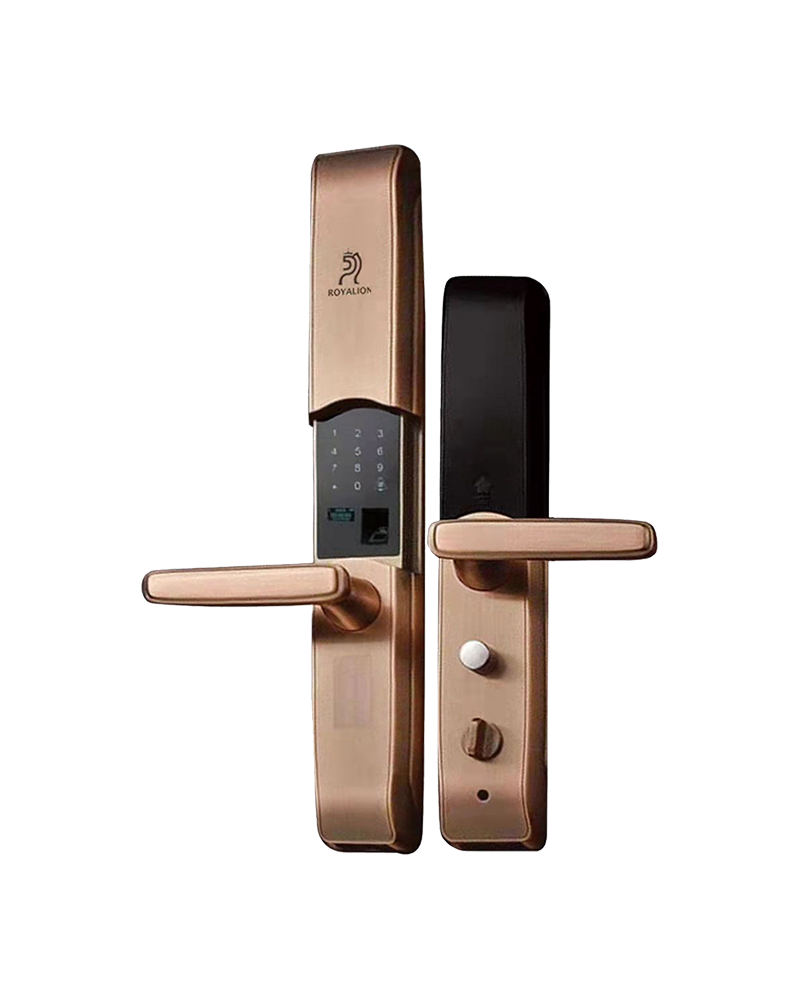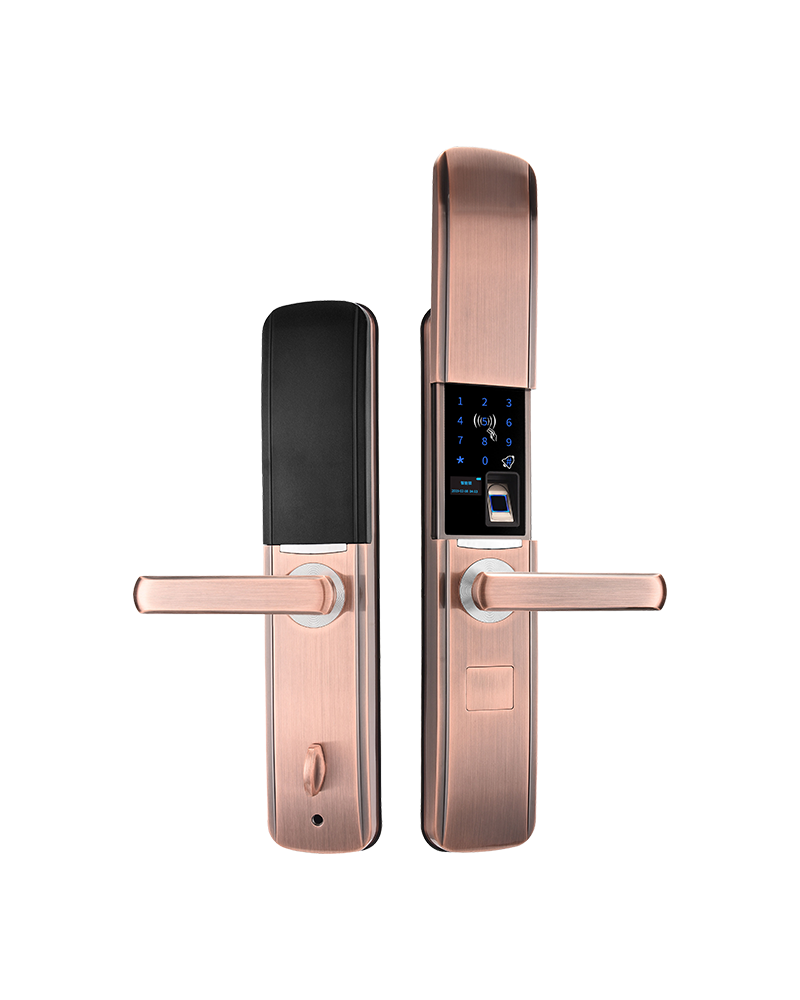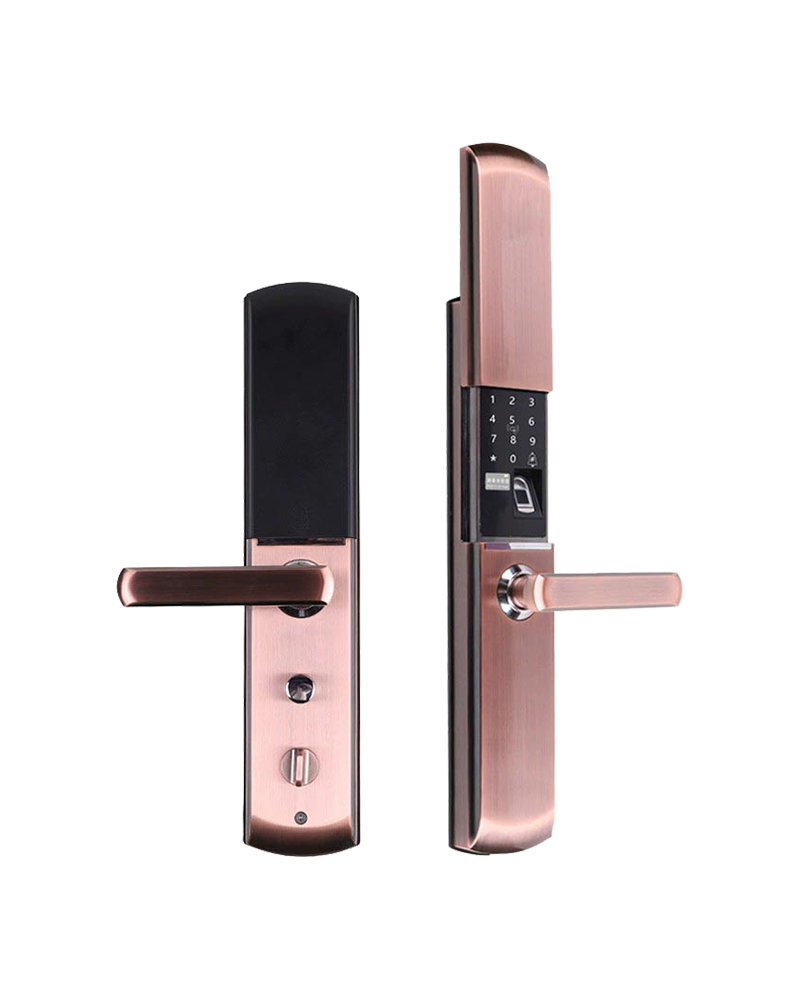Cheap security door smart lock Exporter
In the modern age of home security, the security door smart locks offer convenience and enhanced safety features, but they also come with specific requirements regarding battery usage and replacement. Understanding how to manage the battery life of a security door smart lock is crucial for ensuring its reliability and functionality.
People often overlook the importance of battery management until they face a situation where their security door smart lock fails to operate due to a dead battery. Typically, the battery life of these locks can range from six months to a year, depending on various factors such as usage frequency and the type of battery used. For instance, locks that are frequently accessed will deplete their batteries more quickly than those that are used less often. Therefore, people should monitor their security door smart lock usage to anticipate when a battery change might be necessary.
To improve the battery life of a security door smart lock, people can adopt several strategies. One effective method is to limit the use of power-draining features. Many smart locks come equipped with advanced functionalities such as Wi-Fi connectivity, automatic locking, and backlit keypads. While these features enhance convenience, they can also consume significant battery power. By adjusting settings to disable unnecessary features, people can extend the lifespan of their security door smart lock batteries.
Another important aspect of battery management is the type of batteries used in the smart lock. People should opt for high-quality batteries, as they tend to last longer and perform better than cheaper alternatives. Lithium-ion batteries, for example, are known for their longevity and reliability. When replacing batteries, individuals should ensure they are using the correct type specified by the manufacturer of the security door smart lock.
People should also be aware of the signs indicating that the battery in their security door smart lock is running low. Many smart locks are designed with built-in alerts that notify users when the battery is low. These alerts can come in the form of audible beeps or notifications sent to a connected smartphone app. By paying attention to these warnings, people can proactively replace the batteries before they completely die, thus avoiding the inconvenience of being locked out.
In the event that the battery does die, people should know how to handle the situation effectively. Most security door smart locks come with a backup key option, allowing users to unlock the door manually. It is advisable for individuals to keep a physical key in a secure location, such as with a trusted neighbor or family member, to ensure access in case of a battery failure. Additionally, some smart locks feature emergency power options, such as a 9V battery connection, which can temporarily power the lock and allow entry until the main batteries are replaced.
Regular maintenance of the security door smart lock can also contribute to better battery performance. People should periodically check the lock for any signs of wear or damage, as these issues can affect battery efficiency. Keeping the lock clean and free from debris will help ensure that it operates smoothly, which can, in turn, reduce battery drain.
As technology continues to evolve, the features of security door smart locks are likely to expand, making them even more appealing to homeowners. However, with these advancements comes the responsibility of managing battery life effectively. People must stay informed about the practices for battery usage and replacement to ensure their smart lock remains functional and secure.

 English
English Español
Español




